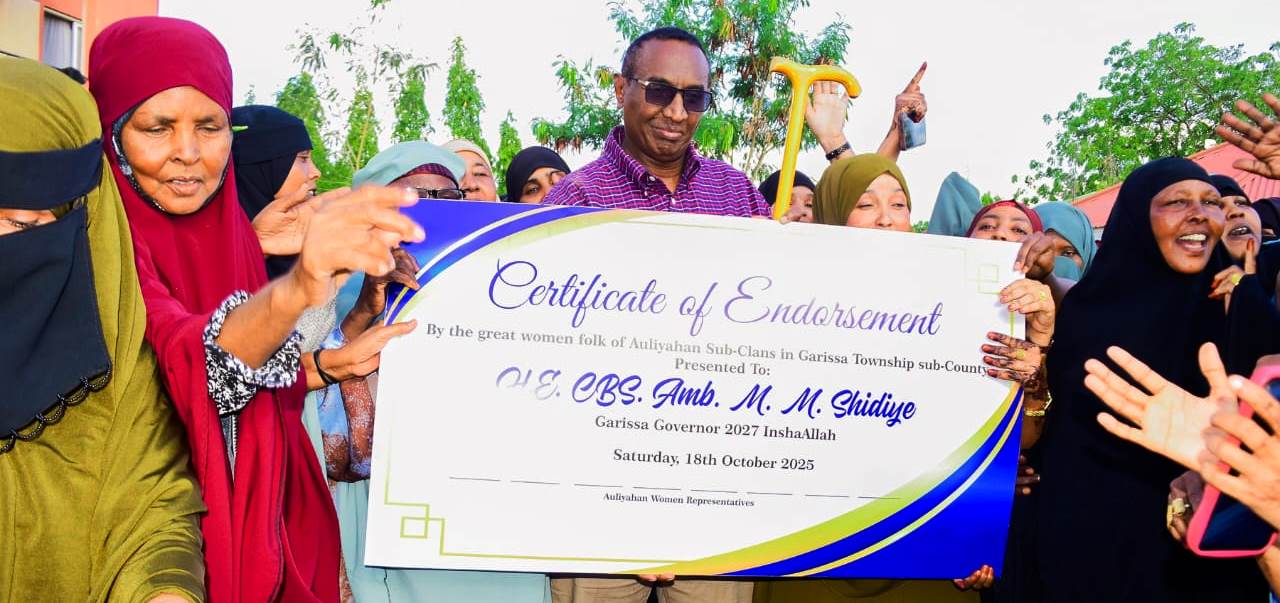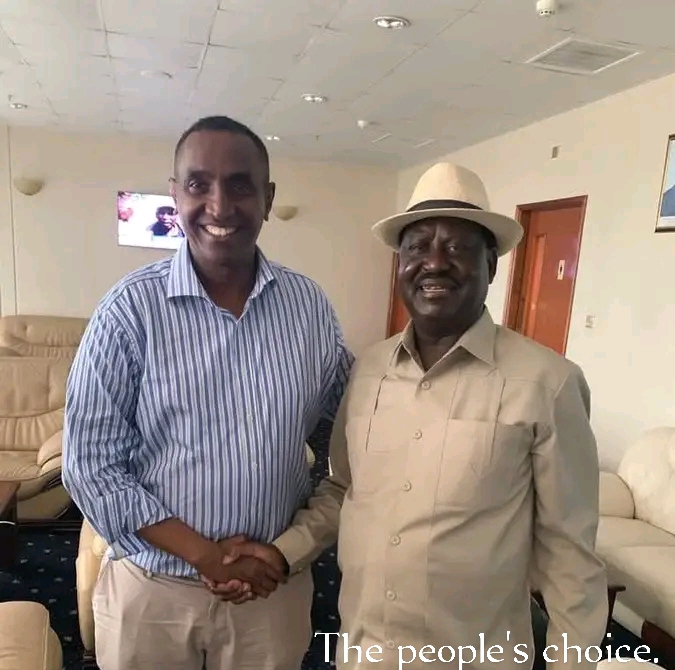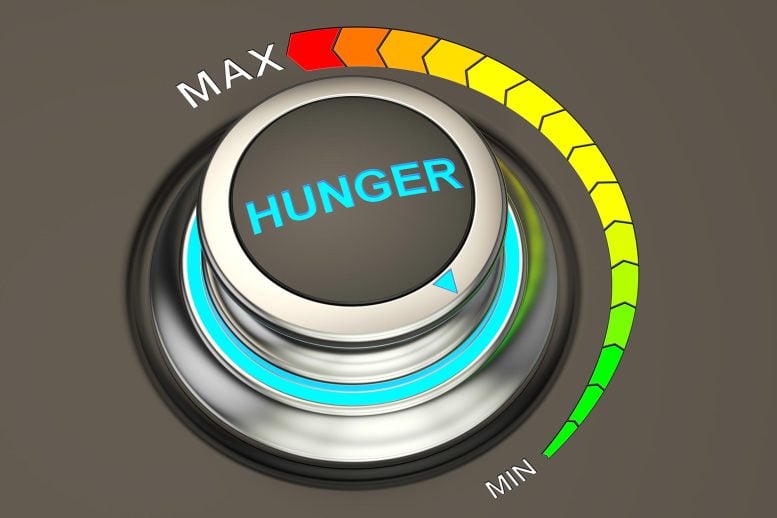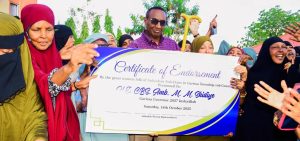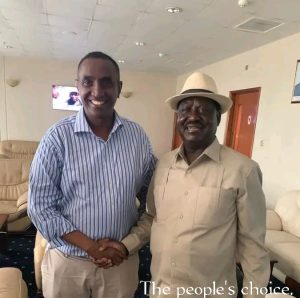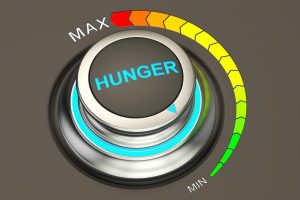INFOGRAPHIC/VISUAL CAPITALIST
Key Takeaways
- 87 million people around the world spoke Swahili
- Englishis the most spoken language in 2025 with 1.5 billion total speakers.
- About 25% (390 million) speak English as a first language, but a staggering 1.1 billion use it as their second language.
- Second-ranked Mandarinhas 1.2 billion speakers but the first and second language split is reversed.
By SPECIAL CORRESPONDENT
Swahili has been ranked among the world’s most spoken languages in 2025. According to data provided by Ethnologue more than 87 million people around the globe spoke Swahili this year.
Swahili, a language that spans across vast stretches of East Africa, has a rich and multifaceted history. It emerged as a lingua franca along the coast of the Indian Ocean, where diverse ethnic groups needed a common means of communication for trade and cultural exchange. The roots of Swahili are deeply intertwined with the history of trade, migration, and foreign influence in the region.
Swahili features in the ranking 25 languages with the largest total number of speakers in 2025, combining first and and second-language usage. The data comes from Ethnologue. Ethnologue lists dialects separately instead of grouping them under a “macrolanguage.” This can lower totals for languages with many subdivisions (e.g., Chinese, Arabic, Punjabi, Swahili).
Only one in four English speakers learn it as a first language. The remaining 1.14 billion learned it for business, education, or entertainment. This 75 percent share of second-language speakers illustrates how institutional support—from universities to social media platforms—keeps expanding English’s footprint.
According to Visual Capitalist, in short, proficiency in English unlocks global opportunities, so demand feeds on itself. By contrast, Mandarin’s 990 million first-language speakers make up 84% of its total. This Reflects China’s enormous population and Mandarin’s comparatively limited diffusion abroad.
Spanish follows a similar pattern: 87% of its 558 million speakers learned it at home, concentrated across Latin America and Spain. These figures underscore that large population bases, not international adoption, anchor Mandarin and Spanish near the top of the rankings.
Also on the list of most spoken languages in 2025: Hindi (609 million speakers) and Bengali (284 million) highlight South Asia’s demographic boom, while Urdu’s 246 million users span Pakistan, India, and a far-flung diaspora.
Meanwhile, Swahili and Nigerian Pidgin showcase Africa’s linguistic dynamism. Each has fewer than 10 million first-language speakers, yet exceeds 80 million total thanks to regional trade and media.
The earliest traces of Swahili’s development can be found in the coastal city-states of East Africa, like Mombasa, Zanzibar, and Kilwa. These cities, situated along the trade routes of the Indian Ocean, were melting pots of various peoples: Arabs, Persians, Indians, and later, the Portuguese.
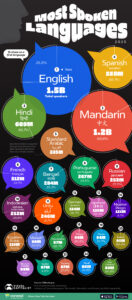
INFOGRAPHIC/VISUAL CAPITALIST
Swahili evolved as a fusion of Bantu languages spoken by the indigenous people, and the Arabic influence of traders and settlers who arrived from the Arabian Peninsula starting around the 7th century.
The name Swahili itself comes from the Arabic word swāḥilī, meaning “coastal” or “of the coast.” The language adopted many Arabic words, especially in terms related to trade, religion, and culture. As Islam spread along the East African coast, Swahili also became a language of the Islamic faith, with religious texts and practices contributing to its vocabulary.
Swahili’s influence continued to grow as the region became a nexus of international trade. With the arrival of the Portuguese in the 15th century and later the British and other colonial powers, Swahili maintained its status as the dominant language of communication between diverse ethnic groups and foreign traders. Its role as a trade language made it essential not just along the coast but across a wide swath of East and Central Africa.
By the late 19th and early 20th centuries, Swahili had become the most widely spoken language in East Africa. During the colonial era, European powers, particularly the Germans in Tanganyika (now part of Tanzania), and the British in Kenya and Uganda, recognised Swahili’s potential as a unifying language.
It was promoted in education, administration, and communication, especially in regions with diverse ethnic groups speaking different native languages. However, despite its official endorsement by colonial authorities, Swahili remained primarily a spoken language in many areas, with written forms only becoming widespread later on.
With the wave of independence that swept through Africa in the 1960s, Swahili’s significance grew even further. After the independence of Tanzania in 1961, the newly established government, led by Julius Nyerere, made Swahili the national language to promote unity in a country home to more than 120 ethnic groups. The decision to use Swahili in education, government, and media helped solidify its status as a language of national and regional importance.
Today, Swahili is spoken by over 16 million people as a first language, with an estimated 70 million speakers in total, including those who speak it as a second language. It is the official language of Tanzania, Kenya, and the Democratic Republic of the Congo, and it serves as a lingua franca across much of East and Central Africa.
Swahili’s reach extends far beyond the African continent, too. It is one of the official languages of the African Union, and its use in international diplomacy and trade continues to grow. Swahili has found its way into global culture, too, influencing music, literature, and film, with many non-native speakers learning it as a second language due to its importance in regional communication.
Swahili’s presence in the global arena has expanded through modern communication technologies, with online platforms, news outlets, and social media amplifying its influence. In recent decades, the language has been increasingly recognised as an important part of global affairs, and educational institutions around the world now offer Swahili language courses.
What started as a pragmatic language of trade has blossomed into one of Africa’s most prominent and influential languages. Swahili today stands not only as a symbol of East African identity but also as a bridge between cultures, linking people from different continents, backgrounds, and traditions. Its enduring legacy and global reach testify to its significance in shaping the history and future of the African continent and the world at large.
